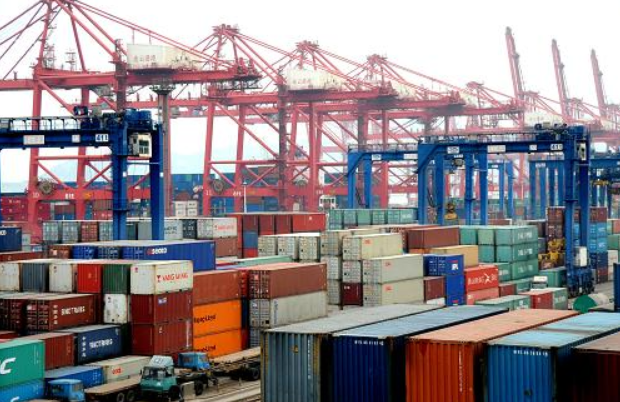Views: 14 Author: Site Editor Publish Time: 2021-05-19 Origin: Site

Due to the combined effects of strong shipping demand, port delays and shortage of container equipment, container spot prices continued to rise and reached new highs.
Freight rates on both sides of the Atlantic have also risen sharply, almost twice what they were six weeks ago.
Part of the reason for the price increase is the shortage of ships, as most of the capacity has been deployed on the fiery trans-Pacific and Asia-Europe trade routes. In fact, in recent months, many ships have moved from smaller trade routes to the fiery Asian market.
Increased demand, traffic congestion, and the lack of containers and available vessels have combined to push up freight rates on transatlantic routes. Shipping companies have transferred as much capacity as possible to the booming Asia-Europe and trans-Pacific trade.
Despite this, the freight rates from Asia to Northern Europe have not dropped significantly, and freight rates this week are still close to the highest levels in history.
In theory, the freight of ocean-going containers can continue to rise until all the shipper’s profits are swallowed.
Nowadays, many people seem to have such a consensus on the container shipping market, "The current container freight rates have risen by three digits year-on-year, so they must be close to their peaks. The current high freight rates have little room for further increases." Facts have proved that this statement is completely wrong. If the upper limit of freight rate is estimated in a non-consolidated way, then there is still a lot of room for increase in freight rate in theory.
I still remember that in August of last year, when the shipping price had just started to skyrocket, but nine months later, the package rate, including insurance premiums, jumped to more than double the US$4,000, and continued to increase. If the additional costs are included, most American importers have to pay even more.
In the United States, the inventory-to-sales ratio of retailers is still very low. Fiscal stimulus is still encouraging consumption, and the traditional peak season is approaching. At the same time, during the epidemic, most families in the United States saved a lot of money and may now be ready to release it.
If U.S. import demand explodes in the second half of the year, the ratio of capacity supply and demand may be even tighter than it is now. What will happen then? What should the shipper do?
They generally believe that if the freight rate is too high, the regulator will intervene. But in reality, at least in the United States, this will not happen. The Federal Maritime Commission (FMC) has made it clear that if the high freight rates are caused by market forces, then FMC is currently powerless.
Everything will be based on the international situation and the market.